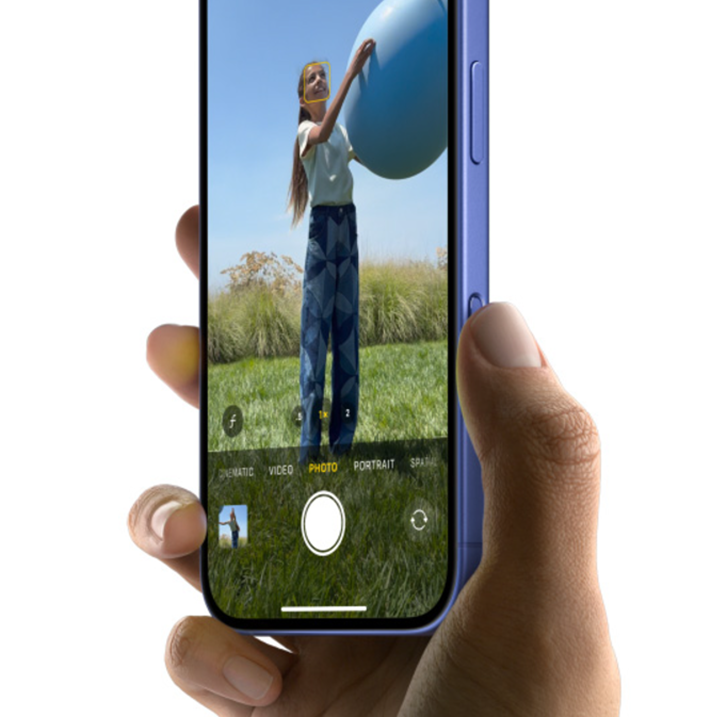Highlights
- Reports reveal iPhone 17 Air prototypes are between 5 and 6mm thick.
- To achieve this thinnest design, the iPhone 17 Air will have only one earpiece speaker, a single rear camera and Apple’s in-house 5G modem.
- The iPhone 17 Air is in early production trials at Foxconn.

It was revealed long ago that Apple is working on some bold new designs with the iPhone 17 Air and is aiming to create the thinnest iPhone we have seen yet. Now, the latest report suggests the bold design choices are actually bolder than we earlier thought.
According to a report from The Information, prototypes for the iPhone 17 Air are between 5 and 6 millimetres thick, a massive reduction compared to the 7.8mm thickness of the iPhone 16.
However, this ultra-thin design is creating significant challenges for Apple’s engineers.
The report highlights some compromises Apple is making to achieve this level of thinness. It notes that Apple engineers are “finding it hard to fit the battery and thermal materials into the device.”
To save space, the iPhone 17 Air will feature only one earpiece speaker. The report explains, “Apple is compromising on other aspects of the slim iPhone’s design to ensure its thinness. For instance, the thin iPhone will only have a single speaker in its earpiece because there is no room for a second speaker at the bottom, which is standard in other models, one person said.”
The iPhone 17 Air will have just one rear camera housed in a “large, centred camera bump.”
If Apple succeeds, the iPhone 17 Air would dethrone the iPhone 6 as the company’s thinnest phone, which measured 6.9mm. It would also rival Apple’s thinnest devices overall, such as the 11-inch iPad Pro (5.4mm) and the 13-inch iPad Pro (5.1mm).

The iPhone 17 Air will be “among the first iPhones” to feature Apple’s in-house 5G modem.
However, the report highlights some limitations, stating: “However, Apple’s in-house modem doesn’t perform as well as Qualcomm’s. Its peak speeds are lower and its ability to stay connected to cellular networks is slightly less reliable, the person said. And Apple’s in-house modem lacks support for millimetre wave, a technology introduced in the iPhone 12 that allows for higher cellular speeds in certain areas.”
The ultra-thin design also means engineers haven’t yet figured out how to include a physical SIM card tray.
While Apple has phased out SIM trays in many regions although China still requires them.
The report quotes the Head of Chinese technology, telecom and software research at Jefferies, Edison Lee: “The Chinese telcos don’t support eSIM for mobile phones owing to the risk that this system would not allow the telcos to be able to verify the personal identity of each user. China is enforcing a real-name registration system for all mobile users, and thus the telcos don’t generally support eSIM except for Apple Watch and iPad.”
The iPhone 17 Air is currently in early production trials at Foxconn and recently had its advanced from proto-1 to proto-2 status.
FAQs
Q1. How thin will the iPhone 17 Air be compared to previous models?
Answer. Prototypes for the iPhone 17 Air are between 5 and 6mm thick, which is a massive reduction compared to the 7.8mm thickness of the iPhone 16.
Q2. What compromises is Apple making to achieve the thin design of the iPhone 17 Air?
Answer. To save space, the iPhone 17 Air will feature only one earpiece speaker and a single rear camera housed in a large, centred camera bump.
Q3. What challenges are Apple engineers facing with the iPhone 17 Air’s design?
Answer. Apple engineers are finding it hard to fit the battery and thermal materials into the device due to the ultra-thin design.
Read More: iPhone 17 Air Rumored to Be Apple’s Thinnest iPhone at Only 6mm Thickness
